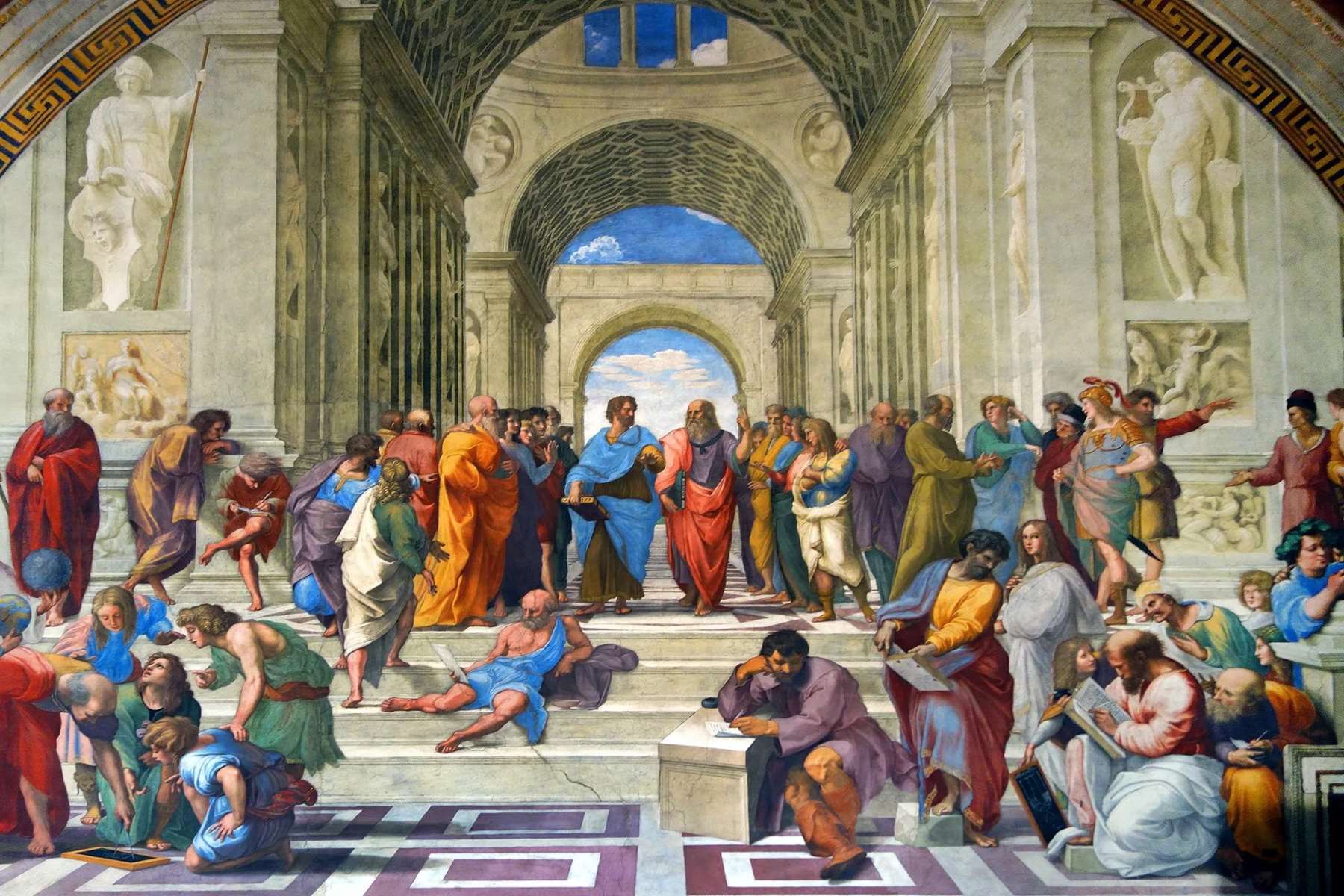Hidden Masters Of The Italian Renaissance You Need To Know

When people think of the Italian Renaissance, names like Leonardo da Vinci, Michelangelo, and Raphael often come to mind. However, many hidden masters contributed significantly to this vibrant period in history. Artists like Piero della Francesca, known for his mastery of perspective, and Sofonisba Anguissola, one of the first renowned female painters, played crucial roles. Their works offer a deeper understanding of the era's artistic achievements. Learning about these lesser-known figures can enrich your appreciation of Renaissance art. Ready to dive into the world of these hidden masters? Let's uncover their stories and contributions.
The Unsung Heroes of the Italian Renaissance
The Italian Renaissance is often associated with giants like Leonardo da Vinci, Michelangelo, and Raphael. However, many other artists contributed significantly to this golden age of art and culture. Let's shine a light on some of these hidden masters.
Piero della Francesca
Piero della Francesca, known for his mathematical approach to painting, created works that are both precise and poetic. His use of perspective and geometry set him apart.
- "The Baptism of Christ" – This painting showcases Piero's mastery of perspective and light.
- "The Flagellation of Christ" – A complex composition that combines architecture and human figures in a harmonious balance.
- "Madonna del Parto" – A fresco that captures the serene beauty of the Virgin Mary.
Fra Angelico
Fra Angelico, a Dominican friar, brought a spiritual depth to his art that resonated with viewers. His works often depicted religious themes with a sense of divine grace.
- "The Annunciation" – This fresco in the Convent of San Marco is a masterpiece of serene beauty and divine light.
- "The Last Judgment" – A powerful depiction of the final judgment, filled with emotion and detail.
- "The Coronation of the Virgin" – A vibrant altarpiece that celebrates the Virgin Mary's ascension to heaven.
Andrea Mantegna
Andrea Mantegna's work is characterized by its dramatic use of perspective and foreshortening. His paintings often have a sculptural quality, making them stand out.
- "The Lamentation over the Dead Christ" – A striking use of foreshortening that brings the viewer into the scene.
- "The Triumphs of Caesar" – A series of nine paintings that depict the grandeur of ancient Rome.
- "Saint Sebastian" – A powerful portrayal of the martyred saint, filled with tension and emotion.
Domenico Ghirlandaio
Domenico Ghirlandaio, known for his detailed frescoes, captured the essence of Florentine life. His works often included portraits of contemporary figures, adding a historical dimension.
- "The Birth of the Virgin" – A fresco that combines religious themes with everyday life in Florence.
- "The Last Supper" – Located in the Church of Ognissanti, this fresco is a masterful depiction of the famous biblical scene.
- "The Adoration of the Magi" – A vibrant altarpiece that showcases Ghirlandaio's attention to detail and color.
Sandro Botticelli
Sandro Botticelli, though not entirely hidden, often gets overshadowed by his more famous contemporaries. His works are filled with grace, beauty, and a touch of the ethereal.
- "Primavera" – A celebration of spring, filled with mythological figures and symbolic meaning.
- "The Birth of Venus" – Perhaps his most famous work, depicting the goddess Venus emerging from the sea.
- "The Adoration of the Magi" – A richly detailed painting that includes portraits of the Medici family.
Luca Signorelli
Luca Signorelli's dramatic compositions and powerful figures influenced many artists, including Michelangelo. His works often explored themes of life, death, and resurrection.
- "The Last Judgment" – A fresco cycle in Orvieto Cathedral that is both terrifying and awe-inspiring.
- "The Damned Cast into Hell" – Part of the Last Judgment series, this fresco is a vivid depiction of eternal punishment.
- "The Resurrection of the Flesh" – Another fresco from Orvieto, showcasing Signorelli's skill in depicting the human form.
Filippino Lippi
Filippino Lippi, the son of Fra Filippo Lippi, carried on his father's legacy with his own unique style. His works are known for their emotional depth and intricate details.
- "The Vision of Saint Bernard" – A mystical scene filled with divine light and intricate details.
- "The Adoration of the Magi" – A vibrant altarpiece that captures the wonder of the biblical scene.
- "The Apparition of the Virgin to Saint Bernard" – A powerful depiction of a divine vision, filled with emotion and detail.
Discovering Hidden Masters
Learning about hidden masters of the Italian Renaissance opens up a whole new world of art. Artists like Piero della Francesca, Sofonisba Anguissola, and Domenico Ghirlandaio made significant contributions that often go unnoticed. Their works offer unique perspectives and techniques that influenced many well-known artists. Exploring their art helps us appreciate the depth and diversity of the Renaissance period.
Next time you visit a museum or read about art history, look for these names. Their stories and creations add rich layers to our understanding of the Renaissance. By recognizing these hidden masters, we gain a fuller picture of this transformative era. So, dive into their works and let their brilliance inspire you.

